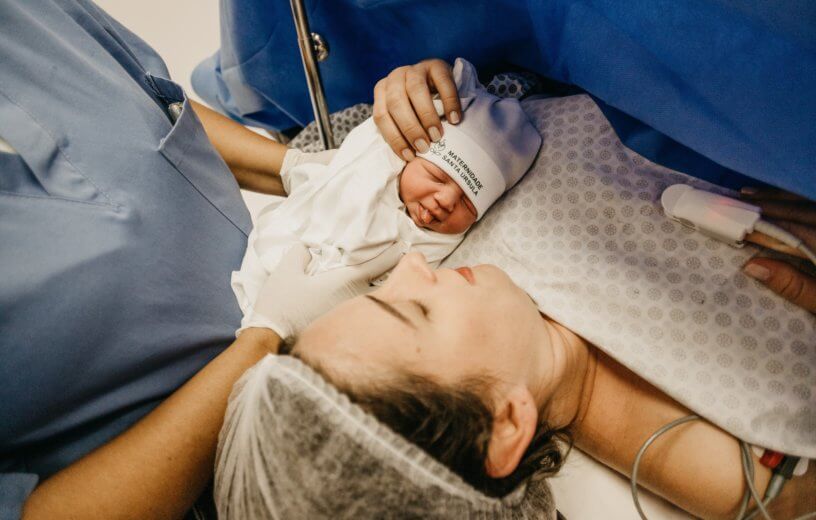NEW HAVEN, Conn. — Whether it’s a human, dog, or rat, newborn mammals have the incredible capacity to understand and make “visual sense” of the world upon opening their eyes for the very first time. How, though, is this possible if they’ve never actually seen anything up until that moment? Researchers from Yale University are offering up an explanation. Before birth, mammals dream about the world they’ll eventually enter.
Study authors conceived the fascinating and thought-provoking theory after observing waves of activity within the neonatal retinas of a group of mice who hadn’t opened their eyes for the first time yet. Upon birth, this activity ceases quickly and a more mature network of visual stimuli begins transmitting to the brain, where mammals further encode and store the information.
“At eye opening, mammals are capable of pretty sophisticated behavior,” says senior study author Michael Crair, the William Ziegler III Professor of Neuroscience and professor of ophthalmology and visual science, in a university release. “But how do the circuits form that allow us to perceive motion and navigate the world? It turns out we are born capable of many of these behaviors, at least in rudimentary form.”
Seeing through dreams?
To investigate the origins of these pre-birth waves of activity, study authors scanned the brains of mice right after birth but before their eyes opened for the first time. Incredibly, this led to the discovery that the retinal waves flow in a pattern that essentially mimics the activity that an animal would see if they were really moving forward through a physical environment.
“This early dream-like activity makes evolutionary sense because it allows a mouse to anticipate what it will experience after opening its eyes, and be prepared to respond immediately to environmental threats,” Crair notes.
Next, researchers analyzed more closely the cells and circuits responsible for the production of the retinal waves observed in neonatal mice. When they blocked the function of starburst amacrine cells, which are retina cells responsible for the release of neurotransmitters, the retinal waves could not flow in a way that recreated forward motion. Consequently, those mice weren’t as adept at responding to visual motion after birth.
Even among adult mice, those same cells play a big role in retina function and environmental cue responses.
There are, of course, many differences between mice and humans. Mice are much better at responding to visual cues immediately after birth, but human babies are still quite capable of identifying objects and detecting movement.
“These brain circuits are self-organized at birth and some of the early teaching is already done,” Crair concludes. “It’s like dreaming about what you are going to see before you even open your eyes.”
The study appears in the journal Science.
